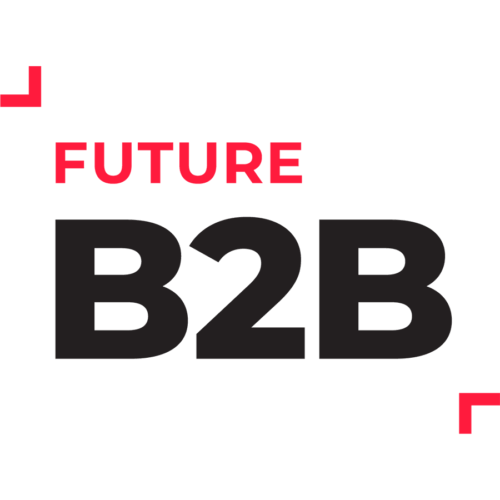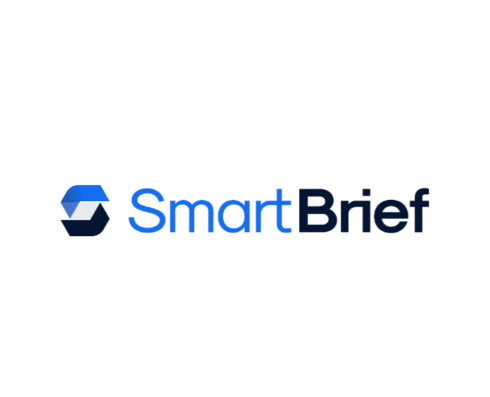“Generic outreach is being ignored. Personalization at scale is no longer optional — it’s essential.” — Digital Silk, 2025 Marketing Personalization Trends
Decision-makers now expect relevant, timely insights. Marketers who understand behavioral intent and leverage AI can reach prospects at the precise moment they’re most receptive, influencing the buyer journey more effectively.
1. Go beyond demographics: focus on intent
Static profiles and lists aren’t enough. Behavioral intent provides a dynamic view of who your prospects are and what they care about:
- Track content consumption, webinar attendance, and engagement patterns to uncover interests.
- Identify high-value signals, such as research on ESG investing, fintech adoption, or digital banking solutions.
- Prioritize outreach based on demonstrated intent, not assumptions.
Recommendation: Refresh your intent signals at least quarterly to stay aligned with shifting priorities.
2. Personalize with AI — at scale
AI allows marketers to analyze intent signals and deliver highly relevant content efficiently:
- Recommend resources that match a prospect’s current research or challenges.
- Predict when prospects are moving from awareness to consideration.
- Adjust messaging dynamically to increase engagement.
Recommendation: Test AI-driven personalization across emails, digital ads, and social channels to identify which combinations drive the highest engagement for high-intent audiences.
Tip for Maximum Impact
| Engagement Level | Recommended Approach |
| High intent | Demos, personalized consultations |
| Moderate intent | Case studies, webinars, thought leadership articles |
| Low intent | Trend summaries, short digestible insights |
3. Map content to the buyer journey
Intent-driven campaigns are most effective when content aligns with each stage of the journey:
- Awareness: Highlight emerging trends, regulatory updates, and market insights.
- Consideration: Offer in-depth reports, whitepapers, or webinars that demonstrate the value of your solutions.
- Decision: Deliver ROI-focused content, personalized demos, and actionable next steps.
Recommendation: Continuously evaluate content performance against intent signals. High-performing content at one stage often fuels engagement at other stages — repurpose strategically.
4. Activate intent across channels
Intent data is only as valuable as the channels it informs:
- Combine targeted emails with precision digital ads and sponsored content.
- Coordinate social media engagement, webinars, and content hubs based on behavioral insights.
- Maintain consistent messaging across touchpoints to reinforce relevance and trust.
Recommendation: Treat intent-driven campaigns as multi-channel strategies. Repetition across channels boosts awareness and drives higher-quality engagement.
Looking Ahead: 2026 and Beyond
Financial-services marketers entering 2026 face a rapidly evolving landscape. AI, behavioral intent signals, and data-driven personalization are no longer emerging tools — they are table stakes for engaging decision-makers effectively.
Brands that integrate intent insights into multi-channel campaigns will:
- Respond faster to shifting market priorities, from ESG investing to digital banking innovations.
- Deliver highly relevant and timely content that influences every stage of the buyer's journey.
- Build trust and credibility with prospects through consistent, actionable engagement.
“In 2026, campaigns built on behavioral intent and AI-driven insights will separate the leaders from the laggards in financial-services marketing.” — Fratzke Media, 2026 Digital Marketing Trends Report
Tools like SmartBrief’s behavioral targeting solutions can help marketers implement these strategies, connecting with financial-services decision-makers at the moments that matter most.



